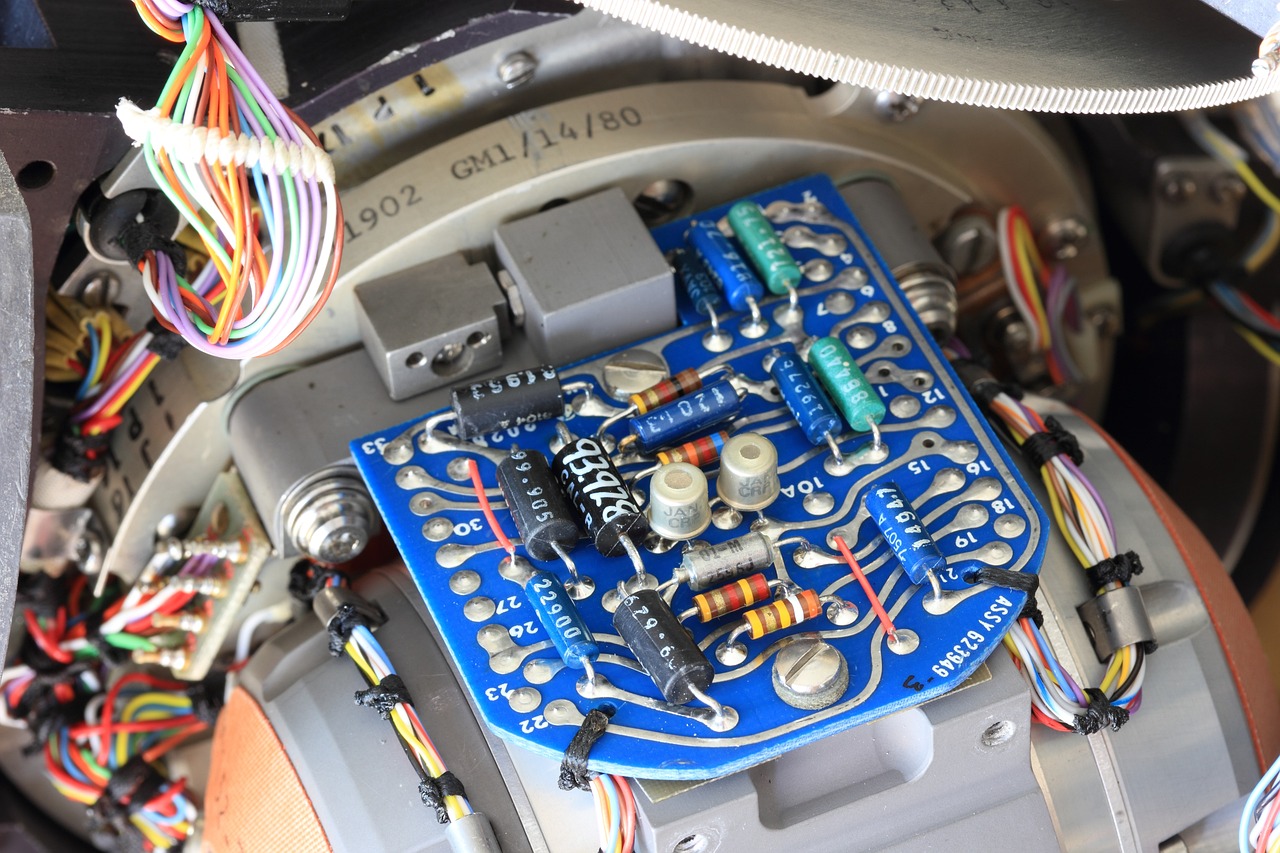PLC-Based Regional Controller for Efficient Building Automation
This paper presents the design of a PLC-based regional controller for efficient building automation. The controller is designed to monitor and control the various systems in a building, including heating, ventilation, and air conditioning (HVAC), lighting, and security systems. The PLC-based controller allows for efficient management of these systems, providing better control and monitoring capabilities. The design of the controller includes hardware selection, software programming, and testing. The results demonstrate that the PLC-based regional controller can significantly enhance the efficiency of building automation systems, providing better control and monitoring capabilities while reducing energy consumption and maintenance costs.
In recent years, with the development of technology and the improvement of living standards, building automation systems have become essential for providing a comfortable and efficient environment for building occupants. As the core component of these systems, the PLC (Programmable Logic Controller) plays a crucial role in controlling and monitoring various devices and processes within the building. This paper presents a PLC-based regional controller that can enhance the performance of building automation systems.
The proposed regional controller consists of a PLC with a set of input/output modules, a communication interface, and a power supply unit. The input modules are responsible for receiving signals from various sensors and inputs, such as temperature, humidity, pressure, etc. The output modules, on the other hand, are designed to drive actuators and other output devices, such as heaters, ventilators, air conditioning units, etc. The communication interface allows the PLC to exchange data with other systems or devices, such as a central monitoring station or a building management system. The power supply unit provides the necessary power to all the components of the regional controller.

The PLC used in this regional controller is a high-performance model that can handle complex tasks efficiently. It has been programmed to receive inputs from sensors and other devices, process them, and then send appropriate outputs to actuators and other output devices. This processing includes making decisions based on preset logic or algorithms that have been designed to ensure optimal performance of the building automation system.
Moreover, this PLC-based regional controller also features a user-friendly interface that allows operators to monitor and control the system remotely. Operators can access this interface through a computer or a mobile device and get real-time feedback on the status of various devices and processes within the building. This interface also provides operators with the ability to make changes to the system configuration or to set alarms for certain conditions that need attention.
In addition to its core functions, this regional controller also integrates with other systems to provide additional features. For example, it can be connected to a central monitoring station for centralized monitoring and control of multiple buildings or facilities. It can also be integrated with a building management system to provide better control over energy consumption, maintenance scheduling, and other aspects of building operations.

In conclusion, this PLC-based regional controller is designed to enhance the performance of building automation systems by providing efficient control and monitoring of various devices and processes within the building. It features a high-performance PLC, a user-friendly interface for remote monitoring and control, integration with other systems for additional features, and a robust power supply unit to ensure reliable operation. The use of this regional controller can help reduce energy consumption, improve indoor air quality, and enhance the overall comfort and productivity of building occupants.
Articles related to the knowledge points of this article:
Programmable Logic Controllers (PLC): The Heart of Modern Automation
PLC Controller Models: A Comparative Analysis
PLC Configuration for Servo Controllers